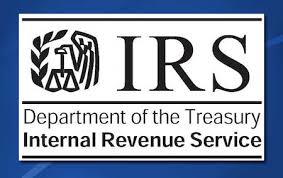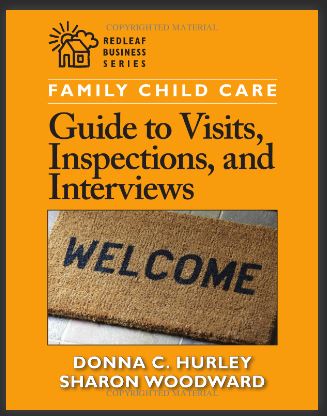For taxpayers other than corporations, the overpayment and underpayment rate is the federal short-term rate plus 3 percentage points.

IR-2013-96, Dec. 9, 2013
WASHINGTON ― The Internal Revenue Service today announced that interest rates will remain the same for the calendar quarter beginning Jan. 1, 2014. The rates will be:
- three (3) percent for overpayments [two (2) percent in the case of a corporation];
- three (3) percent for underpayments;
- five (5) percent for large corporate underpayments; and
- one-half (0.5) percent for the portion of a corporate overpayment exceeding $10,000.
Under the Internal Revenue Code, the rate of interest is determined on a quarterly basis. For taxpayers other than corporations, the overpayment and underpayment rate is the federal short-term rate plus 3 percentage points.
Generally, in the case of a corporation, the underpayment rate is the federal short-term rate plus 3 percentage points and the overpayment rate is the federal short-term rate plus 2 percentage points. The rate for large corporate underpayments is the federal short-term rate plus 5 percentage points. The rate on the portion of a corporate overpayment of tax exceeding $10,000 for a taxable period is the federal short-term rate plus one-half (0.5) of a percentage point.
The interest rates announced today are computed from the federal short-term rate determined during Oct. 2013 to take effect Nov. 1, 2013, based on daily compounding.
Revenue Ruling 2013-25 announcing the quarterly rates will be published in Internal Revenue Bulletin 2013-52, dated Dec. 23, 2013.




